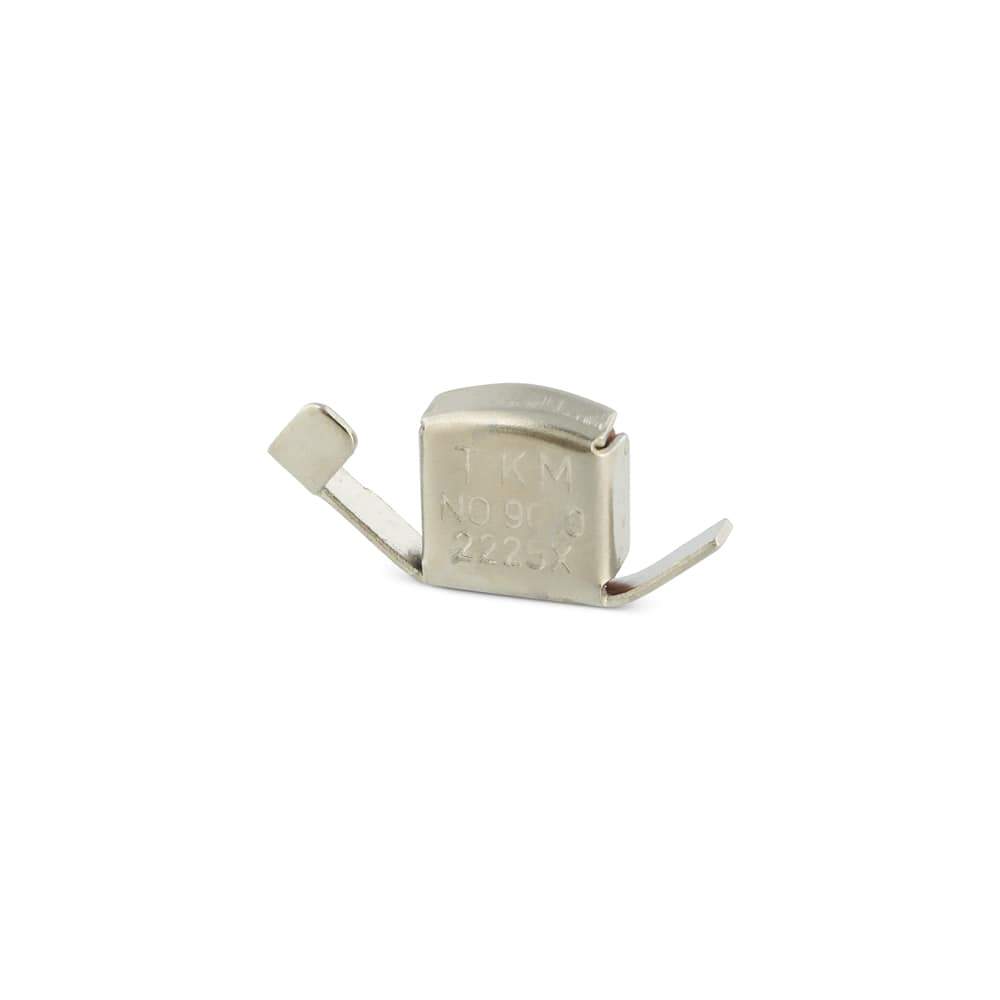Using a Rotary Cutter is a time saver for all sewing projects. Period. The cuts you make are quick, clean and accurate. You can cut multiple layers at the same time, and your hand won’t get as tired as with scissors.
If you have never used a rotary cutter before, it can be a bit intimidating. These instructions will give newbies a head start but even experienced users will find value in these tips and tricks.
The larger the blade size, the more fabric you can cut and the faster you can cut it. If you know you'll be cutting yards and yards of fabric, you'll want to reach for a 60 mm rotary cutter. A 28 mm rotary cutter is used mainly for making small cuts or for cutting curves. If you want to have one rotary cutter that will be sufficient for nearly all projects, your best bet is the 45 mm. This is large enough to do a lot of cutting, but still manageable when you're trying to do more intricate work.














